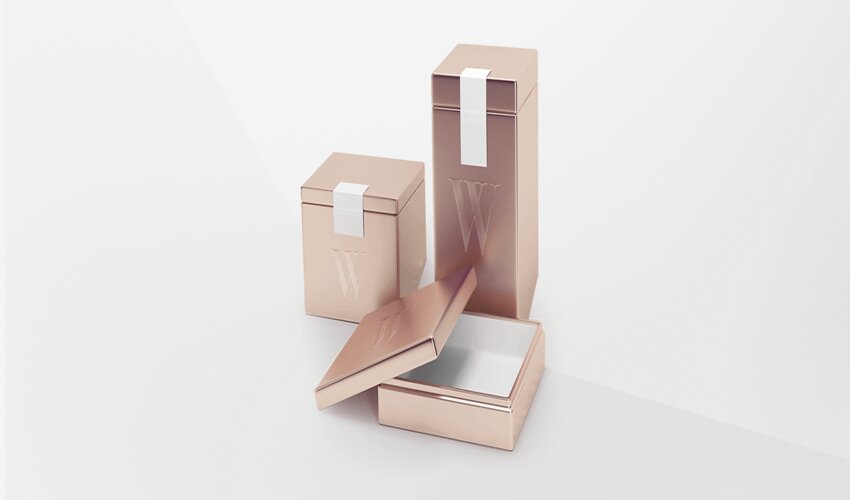
In today’s technologically advanced world where visual appeal and tactile experience matter a lot, the packaging industry has to put in a lot of effort in creating an out-of-the-box packaging design. This is where the techniques of embossing and debossing come into play as a hallmark of elegance and sophistication. These techniques are capable of turning your simple packaging into such a masterpiece that attracts both the eyes as well as fingertips. In this blog, we will share with you the basics of embossing and debossing, how you can elevate your packaging with embossing and debossing, the complete process behind them as well as the tangible benefits that they offer.
Understanding the Basics- What are Embossing and Debossing?
Embossing and debossing are interconnected yet distinguished techniques. They work by altering the actual surface of packaging materials. For example, you can have raised patterns in the case of embossing and indented patterns in the case of debossing. Specially crafted dies and extensive precision is required for both these techniques to produce the desired results. Ultimately, you get packaging that not only encapsulates the product but is a complete style statement in itself.
The Artistic Influence- How Texture Enhances Packaging Design?
Texture has this unique ability to stimulate our senses and evoke positive sentiments. Packaging is no different in this regard. We can add texture to it through embossing and debossing that can elevate a simple design to a multisensory masterpiece. You can make your customers physically interact with your packaging by the use of embossed lettering or debossed patterns. This lets you form a deeper and stronger bond with your target audience. Hence, you can leave an imperishable mark on your customers by investing your precious time and effort in your product packaging.
From Concept to Completion- The Process Behind Embossing and Debossing
Both embossing and debossing require high-quality craftsmanship fused with the latest technology. Initially, a detailed design is created whose intricacies are first translated into a specialized die. Then, your desired packaging material is placed between that die and a counterplate. After that, heat and pressure are applied that either cause the material to rise in the case of embossing, or sink in the case of debossing. All this happens right in accordance with your initial design. This precision and effort results in a masterpiece that not only appeals to the consumer but also depicts the designer’s aesthetics.
Tangible Benefits- Why Brands are Choosing Textured Packaging Techniques?
The benefits of embossing and debossing go far beyond mere aesthetics. Rather they offer a wide range of tangible perks that attract both the buyers as well as the sellers. Some of these tangible benefits have been stated below:
- Enhanced Brand Identity- Texture allows for the easy remembrance of the brand identity that makes a packaging stand out in a crowded market. You can easily create a tactile experience that enforces brand recall.
- Perceived Value- Embossing and debossing are both thought of as highly luxurious packaging techniques. This, in turn, elevates the overall perceived value of your product packaging.
- Engaging Consumer Experience- Because of the tactile sensation triggered by textured packaging, you can easily offer a highly engaging and interactive consumer experience.
- Differentiation- In an extremely tough competition, embossing and debossing provide uniqueness in packaging that differentiates a brand from the rest.
- Storytelling- You can incorporate embossed or debossed patterns in your packaging to convey your brand story, thus forming an emotional connection with your consumer right from the very first touch.
Conclusion
With the evergrowing demands of consumers regarding the visual appeal of packaging, embossing, and debossing have emerged as exceptional techniques that can entirely transform the look and feel of your packaging. These techniques can go well with different types of boxes, however, it is great if you use them with rigid boxes. If you have sufficient expertise and precision, then there can be nothing better than incorporating these techniques into your packaging design to make it look impressive. In this way, you will not only be able to attract more customers but will also be able to gain other tangible benefits.

Aimee Garcia is a Marketing Consultant and Technical Writer at DailyTechTime. She has 5+ years of experience in Digital Marketing. She has worked with different IT companies.

